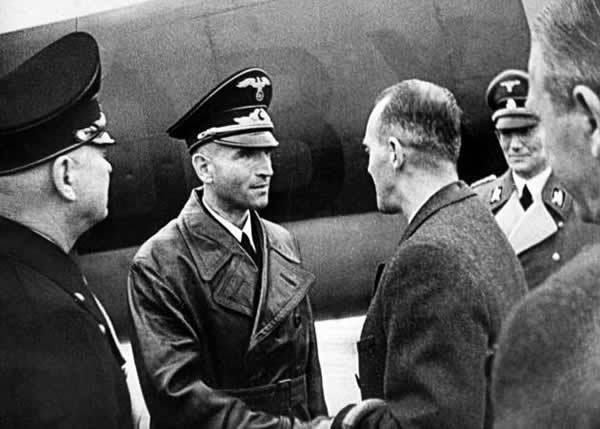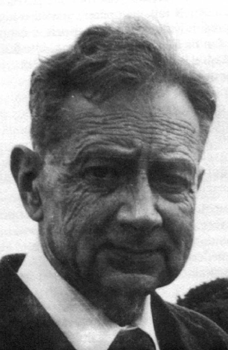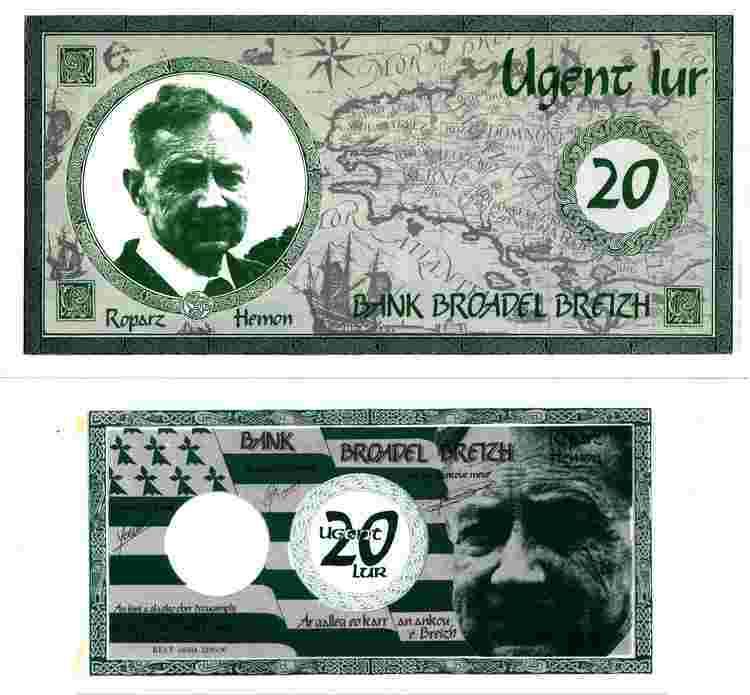Full Name Louis Nemo Name Roparz Hemon | Other names Louis Nemo Nationality French Role Author | |
 | ||
Books Yezhadur istorel ar brezhoneg | ||
Ar c hreunadourien the british grenadiers e brezhoneg roparz hemon
Roparz Hemon (18 November 1900 in Brest – 29 June 1978 in Dublin), officially named Louis-Paul Némo, was a Breton author and scholar of Breton expression. He was the author of numerous dictionaries, grammars, poems and short stories. He also founded Gwalarn, a literary journal in Breton where many young authors published their first writings during the 1920s and 1930s.
Contents
- Ar c hreunadourien the british grenadiers e brezhoneg roparz hemon
- Istor ar c hoariva etre roparz hemon ha per jakez helias
- Life and works
- Attack on his reputation
- References

Istor ar c hoariva etre roparz hemon ha per jakez helias
Life and works

Hemon served in the French Army at the beginning of the Second World War, where he was wounded and taken prisoner by the Germans.

Back in Brest in August 1940, he took back publishing Gwalarn. In November 1940, he was appointed as director of programmes at Radio Roazhon-Breizh, a Breton language weekly broadcast set up by the Propagandastaffel. From 1941, he directed the weekly publication Arvor. In October 1942, Hemon was appointed by Leo Weisgerber to help found the "Celtic Institute of Brittany". Hemon rendered other services to the Germans, like helping in compiling files against préfet Ripert.
At the Liberation, Hemon fled to Germany, where he was imprisoned. After one year of jail he was sentenced by the French state to ten years of "dégradation nationale" for the offence of "Indignité nationale". He decided therefore to go in exile to Ireland. He worked there for the Institute for Advanced Studies. He would never go back to Brittany. Despite all this he never stopped working for the Breton language, and wrote for instance A Historical Morphology and Syntax of Breton in 1975. He created the magazine Ar Bed Keltiek that resembled Kannadig Gwalarn or Arvor. He died in 1978. He was buried in Brest.
Attack on his reputation
Hemon's reputation as a scholar led to the naming of institutions in Brittany after him. In 2000 controversy erupted over this, as Hemon's role in the war was publicised. Some of his statements made at the time were disinterred, particularly anti-French opinions expressed in Ni hon unan. As a result, the school Diwan in Le Relecq-Kerhuon, and the Cultural centre of Guingamp, which had been named after Hemon, had to change names.
